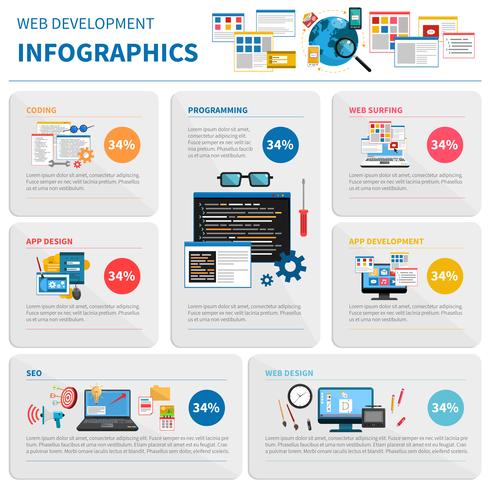The Makeover Of Online Platforms: A Journey With Time
The Makeover Of Online Platforms: A Journey With Time
Blog Article
Material By-Carstens Cantu
In the past, internet sites were straightforward and focused on info. Navigating was direct, and style was for desktops. Currently, user experience is key. Data guides styles for easy navigation. Responsive designs match different gadgets. over here , dark mode reduces strain, and minimalist menus improve navigation. Interactive features involve individuals, and vibrant visuals stick out. AI assimilation boosts engagement. See just how design has actually progressed to improve your online trip.
Very Early Days of Web Design
In the very early days of web design, simpleness preponderated. Web sites were fundamental, with limited shades, fonts, and designs. The focus was on giving information instead of fancy visuals. Customers accessed the net via sluggish dial-up connections, so rate and functionality were key.
Navigation menus were straightforward, generally situated at the top or side of the web page. Internet sites were designed for desktop computers, as mobile surfing had not been yet widespread. Material was king, and developers focused on very easy readability over intricate style aspects.
HTML was the primary coding language made use of, and designers needed to function within its restraints. Computer animations and interactive attributes were very little compared to today's requirements. Web sites were fixed, with little dynamic content or customized individual experiences.
Surge of User-Focused Style
With the advancement of site style, a change in the direction of user-focused layout principles has actually come to be increasingly popular. Today, creating web sites that prioritize individual experience is vital for engaging site visitors and achieving company goals. User-focused style includes understanding the needs, preferences, and behaviors of your target market to tailor the site's design, material, and features appropriately.
Designers now perform detailed research study, such as user studies and usability testing, to collect insights and comments directly from individuals. This data-driven method assists in creating intuitive navigation, clear calls-to-action, and aesthetically enticing interfaces that reverberate with site visitors. By seo internet marketing at the center of the layout procedure, websites can provide a more individualized and satisfying experience.
Responsive style has actually additionally emerged as a vital element of user-focused layout, guaranteeing that sites are enhanced for numerous tools and display sizes. This flexibility enhances availability and use, dealing with the diverse means users connect with sites today. Essentially, the surge of user-focused layout indicates a shift towards developing digital experiences that prioritize the requirements and expectations of the end user.
Modern Trends in Website Design
Discover the most up to date fads shaping website design today. One noticeable fad is dark setting layout, providing a sleek and contemporary look while decreasing eye stress in low-light environments. Another crucial trend is minimal navigation, streamlining menus and boosting customer experience by focusing on essential elements. Incorporating micro-interactions, such as computer animated buttons or scrolling results, can develop a much more appealing and interactive web site. Responsive design stays vital, making certain smooth user experiences throughout numerous tools. Furthermore, making use of vibrant typography and asymmetrical formats can add visual interest and draw attention to details content.
Incorporating AI innovation, like chatbots for client assistance or individualized referrals, boosts customer involvement and simplifies processes. Accessibility has also come to be a significant fad, with developers prioritizing inclusive layout techniques to cater to diverse user requirements. Welcoming sustainability by maximizing website efficiency for rate and efficiency is another emerging trend in website design. Working together with user feedback and data analytics to repeat and enhance design constantly is vital for staying appropriate in the ever-evolving digital landscape. By accepting these contemporary fads, you can produce a visually attractive, straightforward web site that resonates with your audience.
Conclusion
As you review the evolution of website style from the very early days to now, you can see exactly how user-focused style has ended up being the driving pressure behind modern patterns.
Accept the trip of change and adjustment in website design, constantly keeping the customer experience at the forefront.
Remain present with the latest trends and technologies, and never ever stop evolving your strategy to create visually stunning and straightforward internet sites.
Advance, adapt, and produce - the future of website design remains in your hands.
